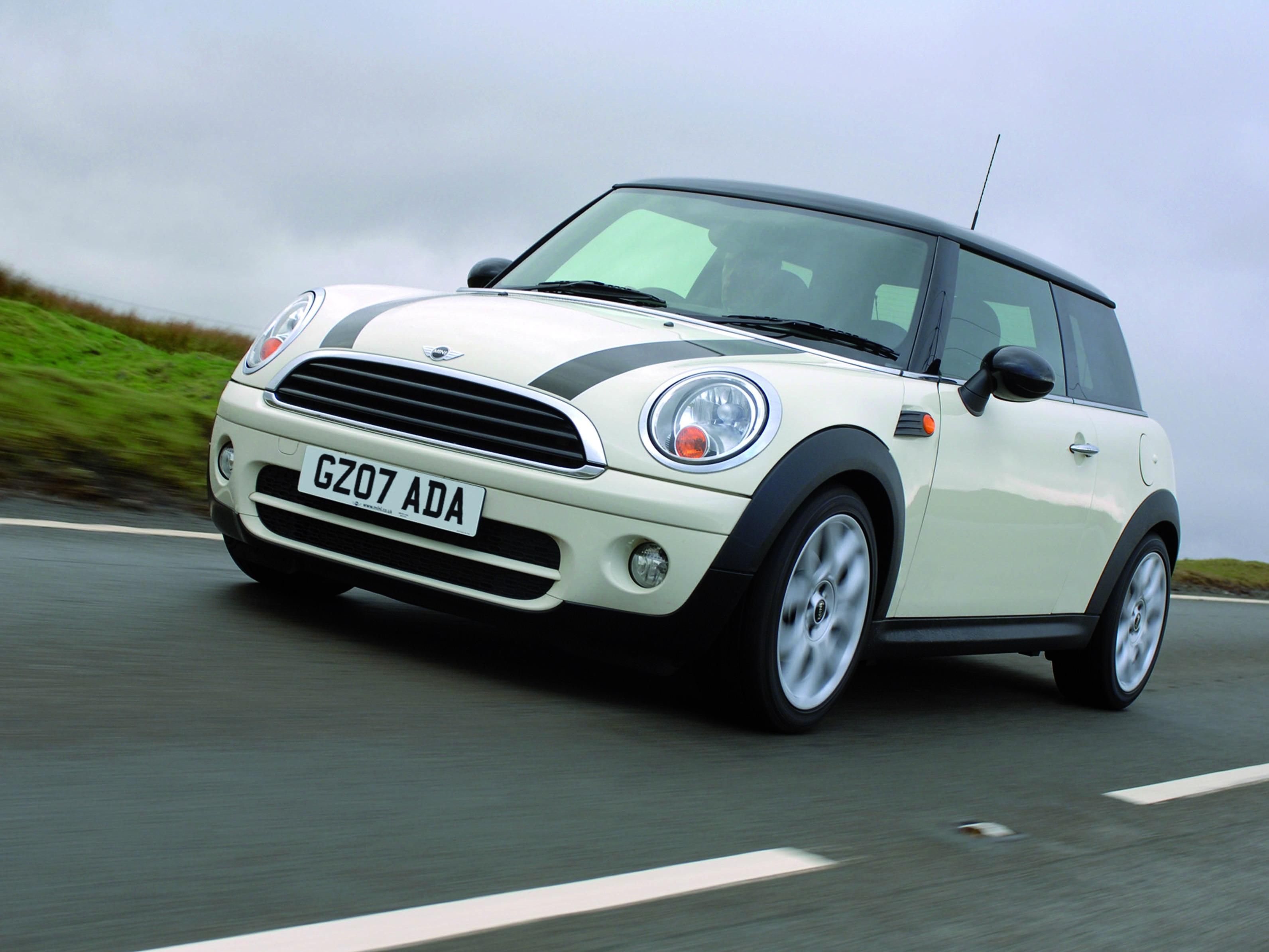Confusion surrounding alternative fuels and related technologies is leading new car buyers to miss a trick. A recent YouGov Plc survey commissioned by MINI found that diesel-powered cars are thought to be way behind Hybrid models for cleanliness. Yet the 104g/km C02 emitted by the sporty MINI Cooper D is a figure that equals, and in many cases beats other cars using alternative technologies - including hybrids.
In a poll designed to gauge public understanding of CO2-related issues in the car purchase process, just three per cent of the 2,018-strong sample believed that a diesel-fuelled vehicle could be considered a low source of carbon emissions. Yet the new MINI Cooper D’s 104 g/km is identical to the hybrid-powered Toyota Prius and lower than the 109 g/km achieved by the Honda Civic Hybrid.
2008 MINI Cooper D
- Make: Array
- Model: 2008 MINI Cooper D
2008 Mercedes C 63 AMG Estate
- Make: Array
- Model: 2008 Mercedes C 63 AMG Estate
- Engine/Motor: four-stroke, single cylinder, DOHC, 4-valve, liquid-cooled
- Horsepower: 48 hp (35 KW) @ 9,000 rpm
- Torque: 41 Nm @ 7,500 rpm
- Transmission: 5-speed gearbox with #520 chain final drive
- [do not use] Vehicle Model: Array
Andy Hearn, General Manager for MINI UK, said: “Buyers looking for the most efficient cars could be missing out on the fun of driving a MINI. By developing sustainable diesel technology, MINI engineers have proved that you can have a low emissions car without compromising on driving characteristics and style.”
A quarter of the survey’s respondents believed the Honda Civic Hybrid was the lowest carbon-emitting vehicle from a list of five models.* Just two per cent plumped for the MINI Cooper D, perhaps misled by the sporty personality indicated by a Cooper badge. If only they knew.
Along with the rest of the MINI Hatch range, the MINI Cooper D now features a number of engineering enhancements.
Brake Energy Regeneration removes the need for a traditional alternator and reduces drag on the engine, thereby saving fuel. The Auto Start-Stop Function cuts out the engine when the car is brought to a halt and re-engages on depressing the clutch, again increasing fuel efficiency. Switch Point Display indicates to the driver the best gear for frugal driving. These technologies, as well as the Variable Turbine Geometry applied to the MINI Cooper D’s turbocharger combine to make a torquey, yet economical and low-emitting sports hatch.
Well, those that know, know. The MINI Cooper D topped the poll for desirability, despite an apparent misunderstanding between car fuel sources and their relative carbon emissions.
So what else did MINI discover? The most important factor in buying a new car remains price. Fuel economy and style/design were placed second and third respectively. Great news for MINI. Taking into account MINI’s low whole-life cost and its place at the top of the Lex Vehicle Leasing residual value chart, along with the Cooper D offering a combined fuel consumption of 72.4mpg and a unique design, the car again ticks every box.


